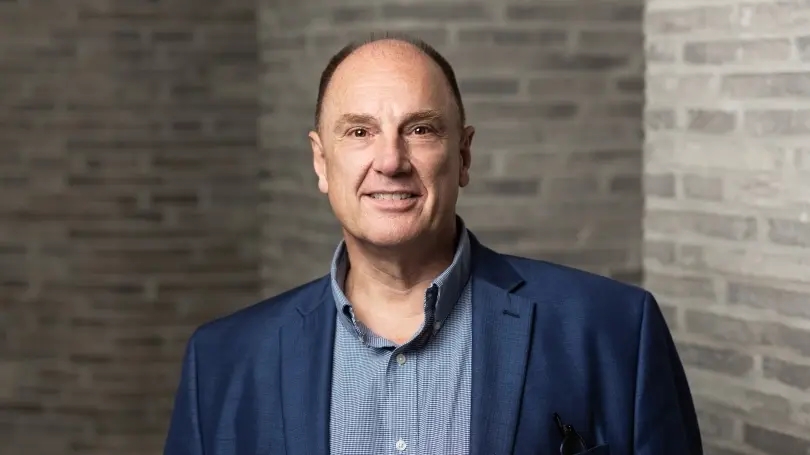Spaces for Dialogue
JOHN R. STOMBERG, Virginia Rice Kelsey 1961s Director
Hood Quarterly, spring 2024
With the arrival of Dartmouth's new president, Sian Beilock, the Hood Museum has an opportunity to redouble its relevance to campus priorities. President Beilock has outlined five key goals that will position Dartmouth for a bold role in educating leaders for the next century. The museum can help to advance all these planned initiatives, from increasing awareness of mental health challenges to promoting innovation and creativity, and we can examine more of them in future letters. For now, I would like to address one of the strongest congruences between the president's vision and the Hood Museum's actions—our basic philosophy of social engagement with the contemporary world through exhibitions and programs designed to encourage the constructive exchange of ideas.
One of the five planned hallmarks of President Beilock's administration is the "cultivation of brave spaces that foster dialogue across difference." She wants to promote an environment where difficult conversations can be achieved in an atmosphere of mutual respect. Fortuitously, the work of the museum already directly supports this key goal for the College. We have long provided a rich environment for the consideration of the world's toughest problems in the company of art of awesome power and visual originality.
At the Hood Museum, we have learned from students, faculty, staff, and the community that we need not provide a place for firm answers. Instead, we fulfill our mission when we create an environment that encourages productive questions. Taking a cue from the title and purpose of our long-established student curatorial series, A Space for Dialogue, we promote communication through open-ended exhibition projects. We start with the art: who made it, when, of what, and, perhaps, why. With this baseline information, we explore the many roles the work of art can play in a variety of contexts related to contemporary life. We have found that when we center art in a heated exchange of ideas, it can help ease the tension and allow for more productive conversation.
Essentially, if disagreements harden into two opposite sides, then confrontation is almost inevitable. But art can occupy a third side, providing a non-personal focus for discussion. By triangulating arguments with art, the museum offers paths toward meaningful dialogue on many of the most challenging topics facing us today. We do not pretend to have all the answers but believe that, by providing an arena for full consideration of a multitude of ideas, we can offer hope and civility in a world that is desperately in need of both.
